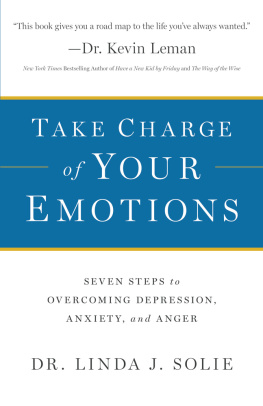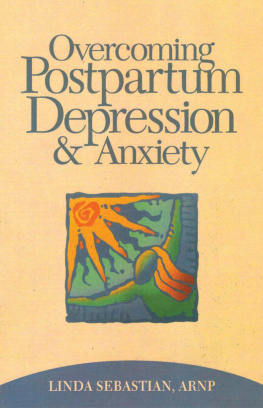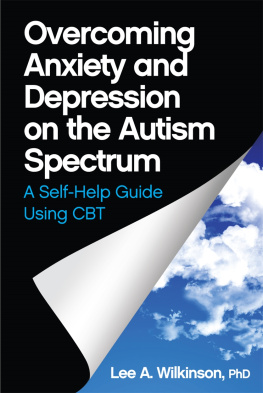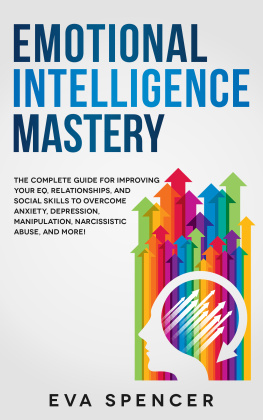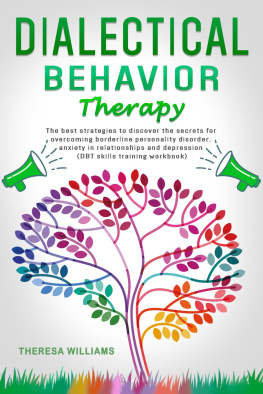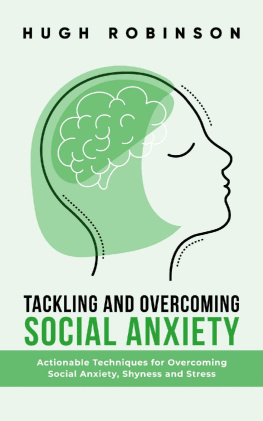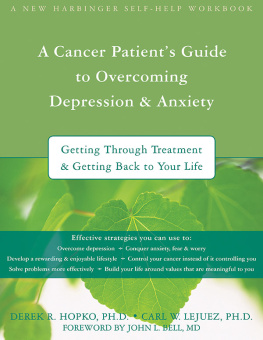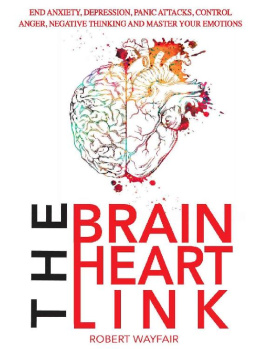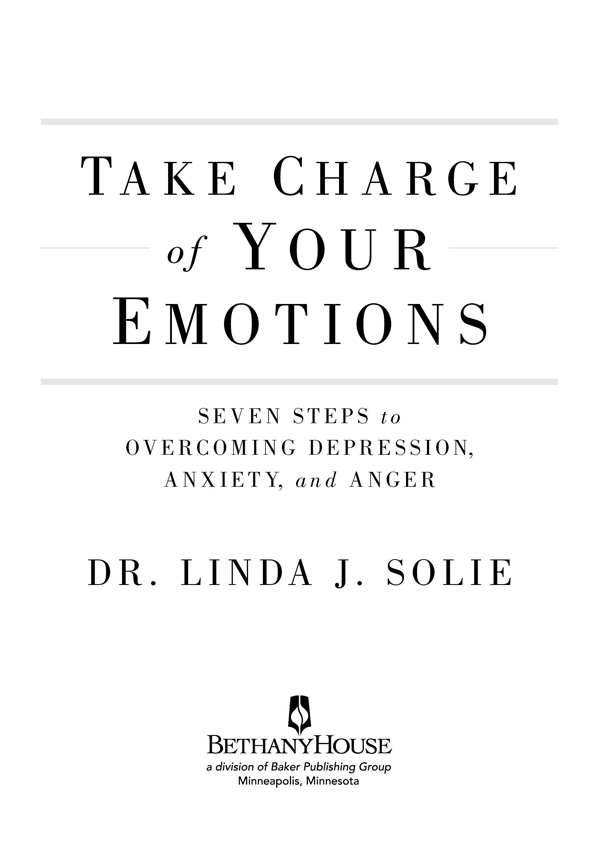
2013 by Linda J. Solie
Published by Bethany House Publishers
11400 Hampshire Avenue South
Bloomington, Minnesota 55438
www.bethanyhouse.com
Bethany House Publishers is a division of
Baker Publishing Group, Grand Rapids, Michigan
www.bakerpublishinggroup.com
Ebook edition created 2013
All rights reserved. No part of this publication may be reproduced, stored in a retrieval system, or transmitted in any form or by any meansfor example, electronic, photocopy, recordingwithout the prior written permission of the publisher. The only exception is brief quotations in printed reviews.
Library of Congress Cataloging-in-Publication Data is on file at the Library of Congress, Washington, DC.
ISBN 978-1-4412-6284-4
Unless otherwise noted, Scripture quotations are from the Holy Bible, New International Version. NIV. Copyright 1973, 1978, 1984, 2011 by Biblica, Inc. Used by permission of Zondervan. All rights reserved worldwide. www.zondervan.com
Scripture quotations marked NKJV are from the New King James Version. Copyright 1982 by Thomas Nelson, Inc. Used by permission. All rights reserved.
Scripture quotations marked NLT are from the Holy Bible , New Living Translation, copyright 1996, 2004, 2007 by Tyndale House Foundation. Used by permission of Tyndale House Publishers, Inc., Carol Stream, Illinois 60188. All rights reserved.
Scripture quotation marked NEB 1970 are from The New English Bible . Copyright 1961, 1970 by The Delegates of Oxford University Press and The Syndics of the Cambridge University Press. Reprinted by permission.
The names of individuals and/or stories mentioned in this book are purely fictitious. Any resemblance of any character in this book to any actual person, living or dead, is purely coincidental.
Cover design by Paul Higdon
To my parents, Bill and Judy Solie, with gratitude and love
Contents
Cover
Title Page
Copyright Page
Dedication
Acknowledgments
Introduction
Part I: Empowered Through Thoughts and Behaviors
1. Connecting Self-Talk, Feelings, and Behaviors
2. Taking Charge of Self-Talk
Part II: Empowered Through Jesus Christ
3. Building a Solid Foundation
4. Respecting Hazard Warnings
5. Solving the Unsolvable
Part III: Empowered Through People
6. Learning to Like Who You Are
7. Building Friendships With Others
Part IV: Taking Charge of Your Emotions
8. Defeating Depression
9. Overcoming Anxiety
10. Conquering Anger
11. Finding Joy
Appendix A: Seven Steps to Changing Feelings and Behavior
Appendix B: The Seven Steps: Tips and Troubleshooting
Appendix C: I/O Exercise
Appendix D: Gentle Confrontations
Notes
Seven Steps Topical Index
List of Selected Tables and Charts
Feelings List
About the Author
Back Cover
Acknowledgments
I want to thank a number of people for contributing to this book, beginning with my parents. They provided me incredible support throughout this entire journey. My mother, Judy, fixed me countless meals so that I could devote Fridays and Saturdays to writing with minimal interruption. She also carefully reviewed the manuscript, as did several people who generously shared their professional expertise, including my father, Bill, and my brother, John Solie, retired and current pastors, respectively; psychology professor Pat Frazier, author Nancy Nordenson, and entrepreneur Jim Carlson.
I am very grateful as well to Bethany House Publishers, and especially to acquisitions editor Tim Peterson for taking a risk on a first-time author and, with wisdom and kindness, guiding me through the publishing process. He, Christopher Soderstrom, and Nancy Renich have thoughtfully and skillfully refined this work at each editorial stage. Ive been privileged and blessed to work with this talented team.
And I want to express thanks to others who contributed in a variety of ways to this final product, including Marilyn Anderson, Marti Anderson, Jim and Kris Bruckner, Erin Carlyle, Griffin Clausen, Lynette Clausen, Brian and Nancy Cripe, Luke and Elvira Englund, Nancy Gustafson, Betty Hall, Don Holt, Jeff and Barb Johnson, Sherrill Nelson, Mark and Carol Rholl, Chris and Catherine Solie, Holly Solie, Lee and Asta Solie, Matt Solie, and Stephanie Wendt. Most of all, I thank God, who created our emotions, for his guidance on how to manage them, and for orchestrating this entire adventure.
Introduction
M any people believe their genetics or brain chemistry doom them to a life of emotional pain. Moods descend on them like a dark cloud, and they are stuck with the miserable feelings until a wind stirs up to blow the gloom away. Thinking they are helpless, they passively suffer and simply live with the misery or look solely to medication for relief.
In Take Charge of Your Emotions , I will demonstrate another way.
Medication is a popular remedy for soothing emotional pain; antidepressants are some of the most commonly prescribed drugs in America. Yet taking medication as the only response to distress does not help sufferers develop competence in overcoming uncomfortable moods. And its true that all people, at timeswhether or not on antidepressantsface emotional challenges. Everyone can benefit from discovering or improving on how to take charge of their emotions. I aim to show how to do just this by capitalizing on three types of relationships:
- relationship between thoughts, feelings, and behaviors
- relationship with Jesus Christ
- relationships with people
As we focus on managing emotions, I will use the terms emotional health and mental health interchangeably to refer to a state of emotional well-being involving relief from painful moods like depression, anxiety, and anger. Further, although this book teaches skills to overcome painful feelings, it does not argue against antidepressant or anti-anxiety medications. Nor does it endorse ignoring your physicians advice if such treatment has been prescribed for you.
Take Charge of Your Emotions is divided into four parts that build on one another. Parts I, II, and III examine how to capitalize on a particular type of relationship in order to find relief. Part IV puts the first three together.
Part I: Empowered Through Thoughts and Behaviors
Thoughts, feelings, and behaviors are physiologically connected. For instance, how we interpret life strongly affects how we feel, and our actions also regulate our emotions. Though many people fear having a faulty brain that consigns them to a life of depression or anxiety, scientists have discovered that our thoughts and behaviors influence brain chemistry and genetic expression, even impacting whether new cells develop and others die. Taking charge of thoughts and actions changes brain functioning, empowering us to improve our mental health.
For nearly thirty years I have been helping clients take control of their thoughts and behaviors. The method I developed enables people to identify the problem-thinking that creates painful feelings and undesirable conduct, and then turn it around. You can apply the Seven Steps to Changing Feelings and Behavior toward overcoming a single distressing mood, or you can practice this skill daily for a month or more to relieve intense and long-standing emotional pain.
The Seven Steps involve writing, requiring time and effort. Effort itself is essential to rewiring our brains, according to the internationally renowned neuropsychologist John Arden. Over time, new thoughts and behaviors become automatic.

